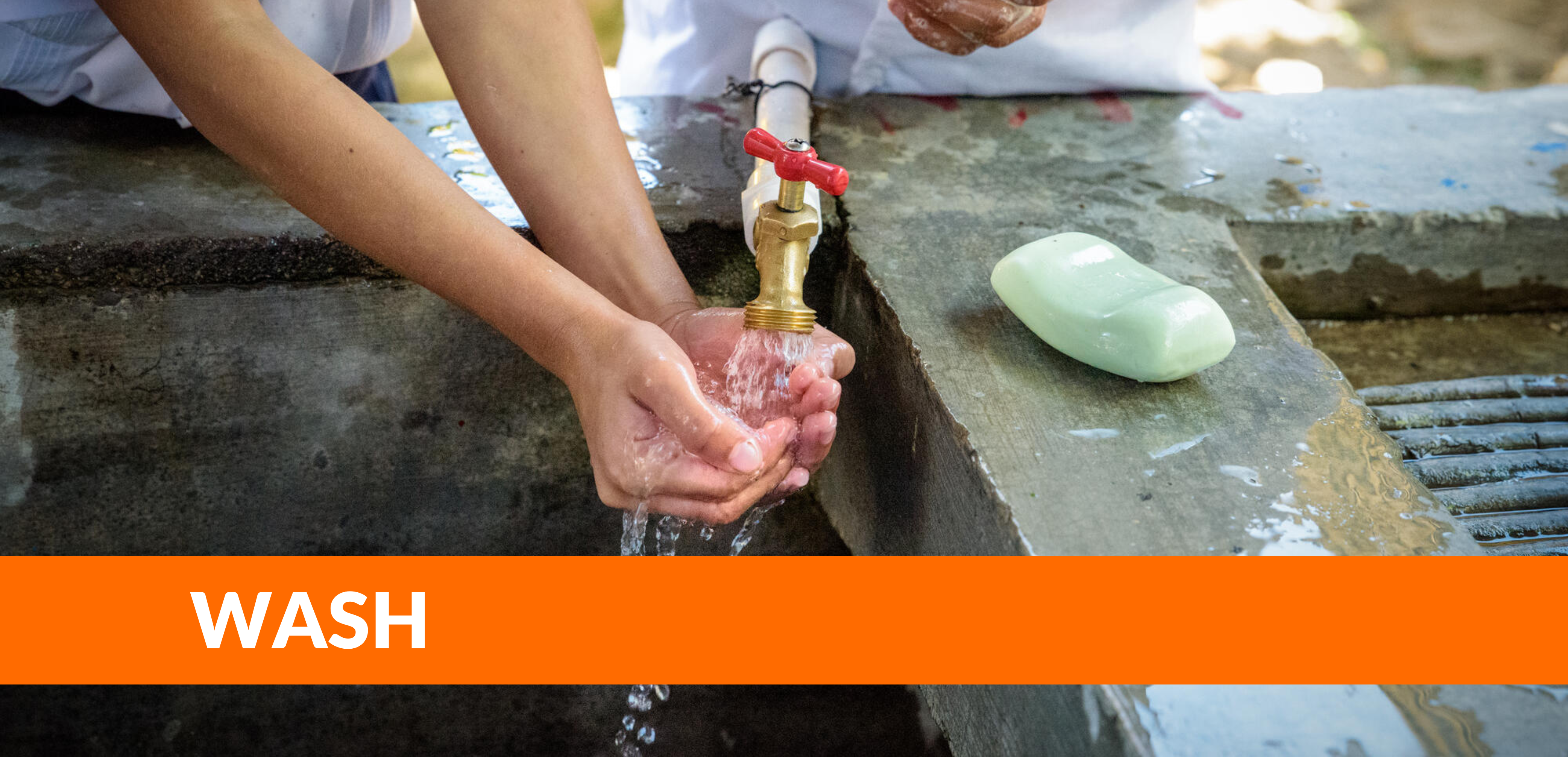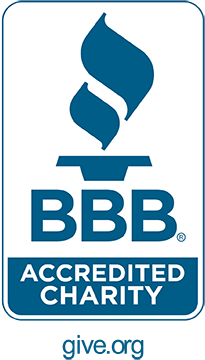Handwashing with soap is critical to achieving Sustainable Development Goal (SDG) 6.2. It is a key public health practice that can help prevent the spread of diarrheal and respiratory diseases. Diarrhea is the second-leading cause of death in children younger than 5, killing 480,000 children in this age group each year.
Proper handwashing with soap can reduce the risk of diarrheal disease by up to 48% and reduce the risk of lower respiratory infections by 23%. However, 3 billion people around the world are living without access to soap and water for handwashing. Even those with access report low utilization of handwashing facilities, with only 19% of people worldwide washing their hands after defecation. Increasing access to hygiene infrastructure, combined with effective behavior-change programming, are key to successfully increase proper handwashing.
In 2017, World Vision and the Water Institute at the University of North Carolina conducted an evaluation of World Vision’s water, sanitation, and hygiene (WASH) programs in 14 countries. One objective of the evaluation was to assess the status of household WASH service access. In seven countries, households in World Vision program areas were significantly more likely to
have access to handwashing facilities with soap and water than households in comparison areas. However, an average of only 10% of households had access to these facilities across all 14 countries. While World Vision’s WASH interventions have made an impact, global handwashing rates are still unacceptably low.
World Vision’s current WASH Business Plan for fiscal years 2021 to 2025 targets 18 million people gaining access to improved hygiene through household handwashing stations, 15,916 schools gaining access to basic handwashing facilities reaching more than 5 million schoolchildren, and 3,347 healthcare facilities gaining access to basic handwashing facilities.





